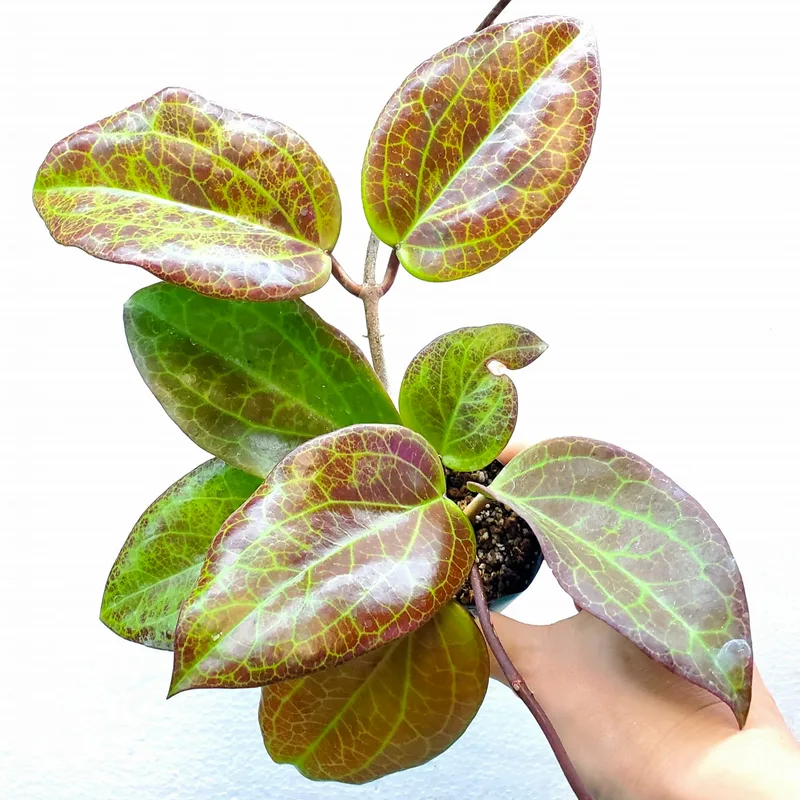Nigella: A Love Affair with the Devil in the Bush
My name is Ferb Vu, and I’m something of an amateur botanist with a particular fondness for the genus Nigella. These captivating annuals, belonging to the Ranunculaceae family, have charmed their way into my garden and heart. Native to Southern Europe, North Africa, and parts of Asia, Nigella plants are known for their delicate beauty and intriguing seed pods.
Perhaps you’ve heard them called by their more whimsical names: love-in-a-mist or devil-in-a-bush. These monikers perfectly capture the essence of the plant. The “love-in-a-mist” refers to the airy, thread-like foliage that surrounds the flowers like a delicate veil, while “devil-in-a-bush” alludes to the spiky seed capsules that emerge after the blooms fade.
A Tapestry of Species
The Nigella genus boasts a diverse array of species, each with its own unique charm:
- Nigella damascena: This popular species is the embodiment of “love-in-a-mist,” with its vibrant blue flowers and feathery foliage. It’s a staple in cottage gardens and is beloved for its ease of cultivation. Plant FAQs: Nigella Damascena
- Nigella sativa: Also known as black cumin, this species is prized for its aromatic seeds, which are used as a spice and have purported medicinal properties.
- Nigella hispanica: This Spanish native boasts larger flowers than its cousins, often in striking shades of blue and purple. Its dramatic red stamens add another layer of visual interest.
- Nigella orientalis: This species is distinguished by its unique yellow flowers and unusual seed pods, which resemble miniature lanterns.
- Nigella papillosa: This delicate annual herb showcases pale blue to white flowers with strikingly intricate, feathery bracts and dark seed pods, adding an airy, whimsical charm to garden beds and arrangements.
- Nigella arvensis L.
- Nigella bucharica Schipcz.
- Nigella carpatha Strid
- Nigella ciliaris DC.
- Nigella degenii Vierh.
- Nigella deserti Boiss.
- Nigella doerfleri Vierh.
- Nigella elata Boiss.
- Nigella fumariifolia Kotschy
- Nigella gallica Jord.
- Nigella icarica Strid
- Nigella integrifolia Regel
- Nigella koyuncui Dönmez & Uğurlu
- Nigella nigellastrum (L.) Willk.
- Nigella oxypetala Boiss.
- Nigella segetalis M.Bieb.
- Nigella stellaris Boiss.
- Nigella stricta Strid
- Nigella turcica Dönmez & Mutlu
- Nigella unguicularis (Poir.) Spenn.
A Gardener’s Delight
What I find most appealing about Nigella plants is their adaptability and resilience. They thrive in full sun and well-drained soil, requiring minimal care once established. Their self-seeding nature ensures a continuous display year after year, making them a low-maintenance addition to any garden.
Whether gracing a flower bed, adorning a wildflower meadow, or adding a touch of whimsy to a vase, Nigella plants never fail to enchant. Their delicate beauty belies a hardy nature, making them a true gardener’s delight.
Beyond the Garden Gate
The allure of Nigella extends beyond its ornamental value. The seeds of Nigella sativa, in particular, have been used for centuries in traditional medicine and cuisine. They are believed to possess anti-inflammatory, antioxidant, and antibacterial properties, and are often incorporated into Middle Eastern and Indian dishes.
A Personal Connection
My fascination with Nigella began with a chance encounter at a local farmers’ market. I was immediately drawn to the unusual seed pods, which reminded me of tiny, intricate sculptures. After learning about the plant’s fascinating history and diverse uses, I was hooked.
Now, I eagerly anticipate the arrival of Nigella season each year. Watching the plants transform from delicate seedlings to blooming beauties is a source of endless joy. And when the flowers fade, I eagerly collect the seed pods, ensuring a new generation of Nigella plants will grace my garden the following year.
In the world of botany, Nigella may be a relatively small genus. But for me, it represents the perfect blend of beauty, resilience, and intrigue. Whether you’re a seasoned gardener or a curious novice, I encourage you to discover the magic of Nigella for yourself.
If i die, water my plants!



